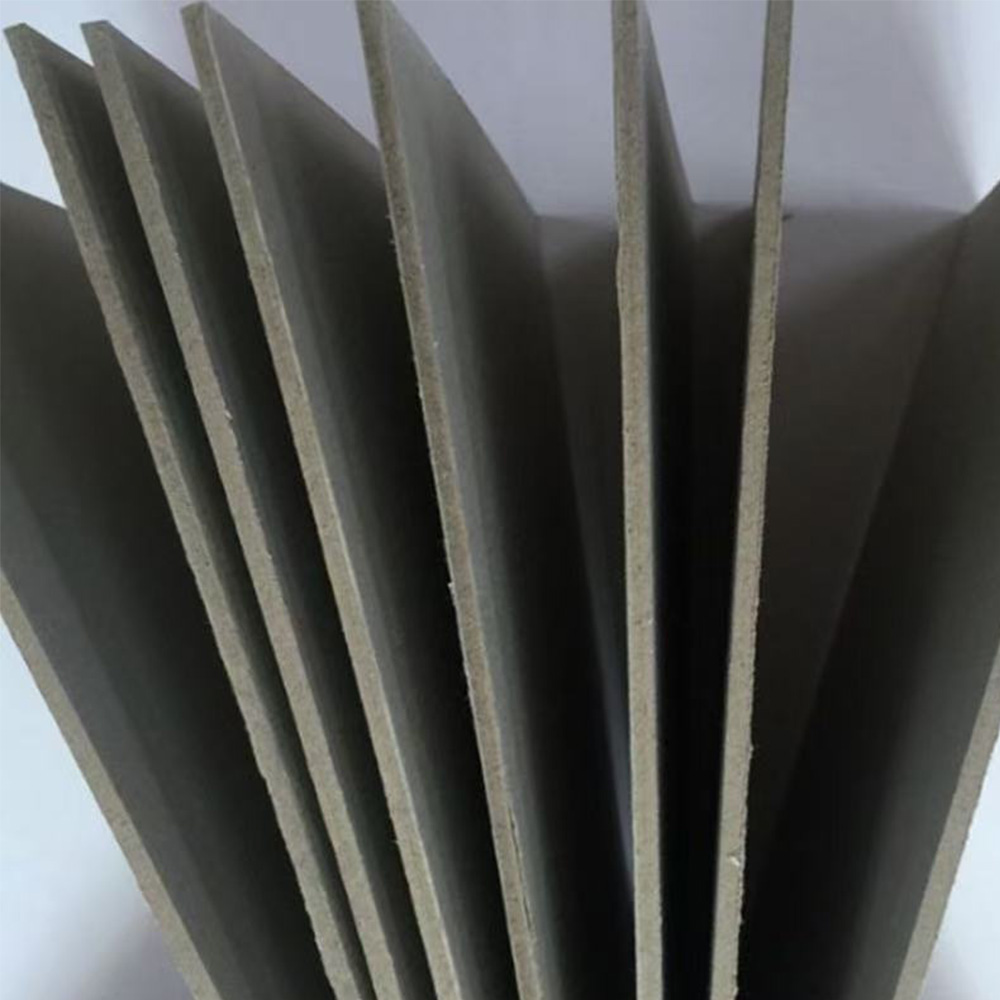Greyback Duplex Board (commonly referred to as GD1/GD2, also known as White Lined Chipboard, WLC) is a cost-effective paperboard made primarily from recycled fibers. The top side is coated with bleached chemical pulp (typically C1S – Coated One Side), while the reverse side remains grey or lightly coated. It combines good printability, reasonable strength, and affordability, making it one of the most widely used materials for consumer product packaging.
Structure & Grades
Typical Structure:
Top layer (bleached pulp + coating) / Middle layers (multi-ply recycled fiber) / Back layer (recycled fiber, grey or white back)
GD1 vs. GD2 (general convention):
GD1: Higher grade with better smoothness, whiteness, and density.
GD2: More economical standard grade, suitable for most retail packaging applications.
Naming conventions may vary by manufacturer; refer to supplier data sheets for specifications.
Key Features
Cost-effective: Made primarily from recycled fibers; lower cost than SBS or FBB.
Good printability: Coated top surface supports CMYK + spot colors, barcodes, and fine text; compatible with most surface finishes.
Strength & stiffness: Adequate for medium-weight products and retail display boxes; lower stiffness than FBB/SBS of the same grammage.
Sustainable: High recycled content, often FSC Recycled certified; environmentally friendly image.
Common Specifications (Typical)
Basis weight (GSM): 250–450 gsm (customization available).
Caliper (Thickness): Approx. 350–800 μm (varies with brand and calendering).
Surface: Usually C1S (coated one side); white back (WB) or light-coated back options improve reverse-side appearance and printability.
Printing & Finishing
Printing methods: Offset, UV offset, and flexo printing; follow supplier guidelines for TVI (Tone Value Increase) and solid ink coverage.
Surface finishes: Aqueous coating (AQ), UV coating, film lamination (gloss/matte/scratch-resistant), hot foil stamping, spot UV, embossing/debossing.
Die-cutting & creasing: Adjust rule/crease ratios according to board thickness and fiber direction (MD/CD). The grey back may show fiber cracking under deep creasing; optimize tooling and pressure as needed.
Typical Applications
Food & personal care packaging: Tea, biscuits, cosmetics, toys, hardware, etc. (Verify direct food contact compliance by grade and regulation.)
Retail & FMCG boxes: Folding cartons, sleeves, and hanging cards for light to medium-weight products.
Display & promotional items: POP materials, window boxes (can be laminated with PET/PLA films — consider recycling implications).
Quality & Inspection Criteria
Whiteness & surface smoothness: Affect halftone and spot color performance; request target whiteness and roughness ranges.
Strength parameters: Stiffness, bursting strength, ring/crush resistance (important for transport packaging).
Surface integrity: Check for delamination, linting, or powdering during long-run or high-ink coverage printing.
Moisture & flatness: Store at 45–55% RH for optimal balance; precondition before use to prevent warping.
Food contact compliance: Confirm migration, odor, and certification (EU/US/local standards) for direct or indirect food contact.
Procurement & Sampling Tips
Selection: Choose GD1/GD2 and white/grey back based on appearance, strength, and budget. For printed reverse sides, prefer white back.
Sampling: Conduct both structural mock-up and printed/finished samples (include solid color, foil, lamination tests).
Eco-friendly options: Prefer water-based coatings, solvent-free adhesives, recyclable or no-film finishes; include recycling marks.
MOQ & lead time: Typically cost-effective from 500 pcs upward; sampling 3–7 days, mass production 7–15 days (subject to holidays).
Summary
Greyback Duplex Board (GD / WLC) is a cost-efficient and sustainable option for retail packaging. It offers a good balance between print performance, strength, and price — ideal where cost control and eco-credibility are priorities, and ultra-premium whiteness or strength are not essential. For higher-end visuals or durability, FBB/SBS or laminated structures may be considered.
